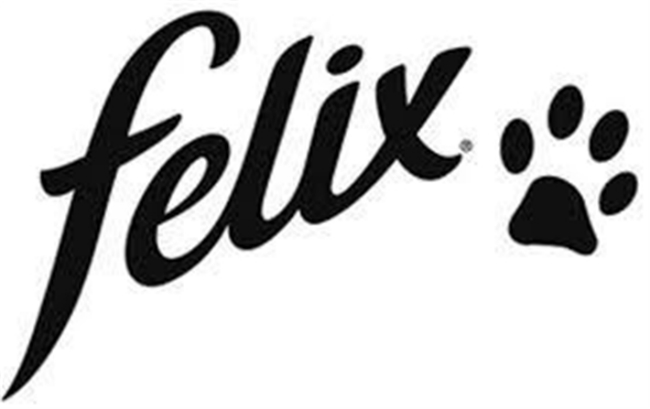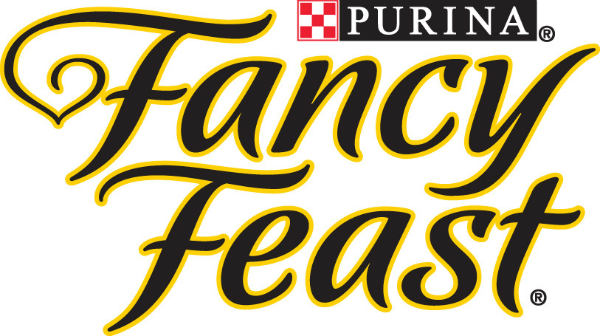Are you raising a kitten? These feline friends seem to grow a lot faster these days. To make sure you raise a strong and healthy cat, you need to pay special attention to your pet’s nutritional needs in the early stages of its life. Basically, the first twelve months mark the kitten’s stage of your pet. You need to feed it accordingly.
Felix is a Purina cat formula brand known for its kitten dedicated formulas. One of the kitten formulas under the Felix brand is the Kitten Chunks in Jelly dry formula. According to the manufacturer, this formula is made of meat chinks that are blended in jelly. This formula is also said to contain all the ingredients required to help your kitten in its transition to an adult cat.
Does this formula live up to the hype or it is another case of all hype and no substance? Read on to find out.
The ingredients in the formula
According to the manufacturer, the Felix Kitten Chunks in Jelly formula contains 20% more protein than the average cat formula. This is meant to promote healthy growth in kittens.
Each formula box contains:
- 3 x lamb
- 3 x plaice
- 3 x chicken
- 3 x cod
All the above ingredients make up 4% of the formula’s nutritional percentage.
Other ingredients in the pack include:
Meat and fish by-products, various sugars and minerals.
An overview of the ingredients
Lamb – Lamb is a very high quality source of meat protein. Generally, this ingredient is more nutritious in canned formulas than dry formulas, but in either case, it is nice to see this ingredient listed. Unfortunately, about 80% of this ingredient is lost during the cooking process. That means, there actually isn’t much of this ingredient left once it has all been processed.
Plaice – Plaice is a common name used for a group of flatfish. There are four species in the group, the European, American, Alaskan and scale-eye plaice. Fish can provide a healthy amount of protein and very beneficial fatty acids like omega-3 and omega-6. Many cat owners worry about feeding fish to their cats because many times, fish products in pet foods are the result of fish that can’t be approved for human consumption. It is also likely the fish came from a fish farm instead of free water fish. All fish also contains some level of mercury and many cat owners are worried about the long-term effects of feeding fish containing mercury. However, plaice has been put on a list that is safe even for pregnant woman to eat.
Chicken – Chicken is a very popular ingredient for pet food and in this case, they are referring to whole chicken. This is a very high quality meat source and we are pleased to see it listed. However, whole chicken loses about 80% of its content during the cooking process since the majority of whole chicken is water. After the cooking process is complete, the amount of whole chicken remaining is substantially reduced. Therefor, while whole chicken is a great source of meat protein, this ingredient alone is not enough to provide sufficient levels of meat protein in a cats diet.
Cod – Cod is a well known type of fish generally found in colder and deeper waters in the Atlantic and Pacific oceans. In their natural habitat, cod (and other types of fish) are not part of a regular diet for cats. However, many cat food blends have begun including fish ingredients such as cod into their blends for the high protein percentage. This ingredient is also high in healthy fatty acids. Some debate suggests a diet high in fish ingredients could have longer term health implications when fed over time, but in general, cod is considered to be a healthy ingredient.
Meat and fish by-products – There’s really no way to put this nicely… Meat and fish by-products are basically waste products of the human food industry. All the animal and fish parts humans don’t want gets thrown into this ingredient. It’s such a low quality ingredient, the fish by-products don’t have to contain any meat at all (and probably don’t). It’s just the scales, bones, heads, and other waste products. In addition, all of the meat in this food could come from what is known as 4D meat products. That means, the animals were either already dead, dying, diseased, or deformed before the slaughtering process. 4D meat is very cheap for pet food companies to obtain because they are not approved for human consumption. Feeding this stuff to your cat is almost literally like feeding your cat garbage. We have no way to verify the quality and since it can legally include some very repulsive meat sources, this is an ingredient we recommend all cat owners shy away from.
Other ingredients to look at
Minerals – Only two vitamins (A and C) and two minerals (calcium and iron) are required on the food label. Cat food companies can voluntarily list other vitamins and minerals in the food. So, in this case, they have simply listed “minerals” but we’re not exactly sure what is included here. This ingredient is very unlikely to cause harm to your cat, but it would be nice if they would voluntarily list the minerals being used here.
Sugars – Cats do not require added sugars in their diet. When sugar is added to cat food, it will greatly enhance the overall taste of the food. This can even cause some “addiction” issues making it very difficult to switch from a sugar laced food to a non-sugar laced food. Sugar can have the same negative health effects on cats as we see in humans including weight gain and diabetes, which is very common in adult cats. There is no positive nutritional benefit to adding sugar into any cat food.
Can this formula cause allergies?
The Felix Kitten Chunks In Jelly formula contains corn, soy or wheat which are the three most common allergens in cat formulas. Therefore, this formula is ideal for all kittens.
Ingredients to avoid feeding your kitten on
Artificial coloring and flavoring – Both artificial and natural flavor ingredients are considered to be lower quality ingredients. Artificial flavor is usually derived from petroleum. Most have not been studied for safety or toxicity. They are all synthesized chemicals that don’t even have common names. Most artificial flavors actually contain many chemical ingredients, not just one. Many of those chemicals are volatile. Both natural and artificial flavors are chemical based ingredients and we don’t get all that excited when we see either one of those ingredients listed. Both of these ingredients have potential allergy risks and other possible health problems in cats.
We also find it quite irresponsible to include artificial coloring in pet food since the health concerns about these added colors are so controversial. Your cat does not care what color their food is and the only reason artificial coloring is added to this product is for marketing purposes. It makes the food look better to you YOU, the human consumer. Of course, many cat food brands are very defensive about their use of food coloring. Here is an example of how the Purina brand defends their use of fool coloring. Notice how even in their explanation, there is no perceived benefit to these ingredients other than changing the color. There is also a growing amount of evidence to suggest food coloring may be linked to cancer in not just dogs and cats, but also humans. Here is an article that explains a bit further. In short, since there is some controversy surrounding this ingredient, we find it a bit strange that cat food companies would spend money adding this ingredient into a product when at best, it has zero nutritional value for your cat and only has marketing value. At worse, it could pose health risks. It just doesn’t seem like the risk of including this ingredient is worth it.
BHT and BHA preservatives – Both BHA & BHT are preservatives that have been banned in human foods in many countries due to cancer risks. However, they remain approved for use in pet foods. A growing number of pet owners are becoming aware of the potential dangers these ingredients bring and are shunning all foods containing BHA and BHT. A quick internet search on these preservatives will show that the backlash is gaining steam with many cat food companies abandoning these ingredients. BHA and BHT are extremely controversial ingredients in all forms of pet food.
Added Sugars – Cats do not require added sugars in their diet. When sugar is added to cat food, it will greatly enhance the overall taste of the food. This can even cause some “addiction” issues making it very difficult to switch from a sugar laced food to a non-sugar laced food. Sugar can have the same negative health effects on cats as we see in humans including weight gain and diabetes, which is very common in adult cats. There is no positive nutritional benefit to adding sugar into any cat food.
Corn, soy and wheat – All three of these ingredients are known allergens for many cats. In addition, many cats have problems digesting these grain based ingredients. Since cats are obligate carnivores, their digestive systems are designed to digest meat and not grains. All of these ingredients will help to boost the protein percentage in cat food, but not all protein is created equally. Cats do not digest plant based proteins in the same way as meat proteins and in fact, gain little to no nutritional value from these grains. Several “grocery store brand” cat foods include these products to keep the price down as it is a cheap filler to help make your cat feel full as well as a cheap way to add protein to the food.
Unfortunately, the Kitten Chunks in Jelly formula contains added sugar, which is one of the unfavorable ingredients in cat formulas. However, all the other harmful ingredients above are to present in the formula.
Conclusion
From the ingredients in the formula, the manufacturer has done a commendable job in trying to meet the 20% more protein content in this formula. However, judging from the information offered on the product’s website, it is worth noting that this formula lacks in other essential nutrients. Therefore, it may be better if you use this formula with another one to meet the nutritional needs of your growing kitten.
Cats cannot be sustained on protein and vitamins alone. There are some essential supplements required for healthy growth. Lack of these supplements can lead to health complications. Some of the required supplements include taurine and Choline chloride which help in various functions of the nervous and digestive system.




